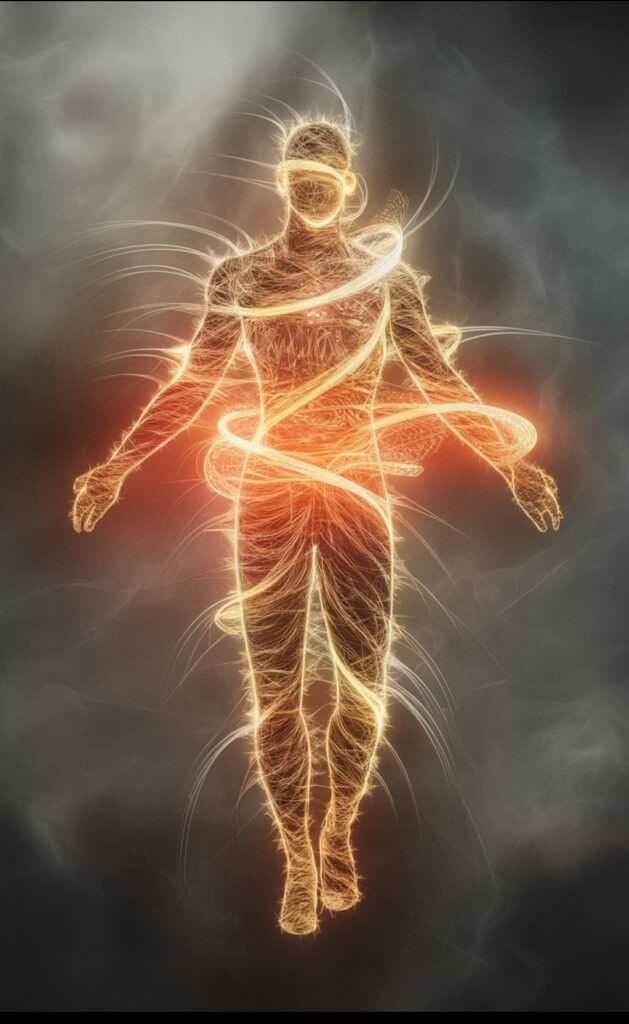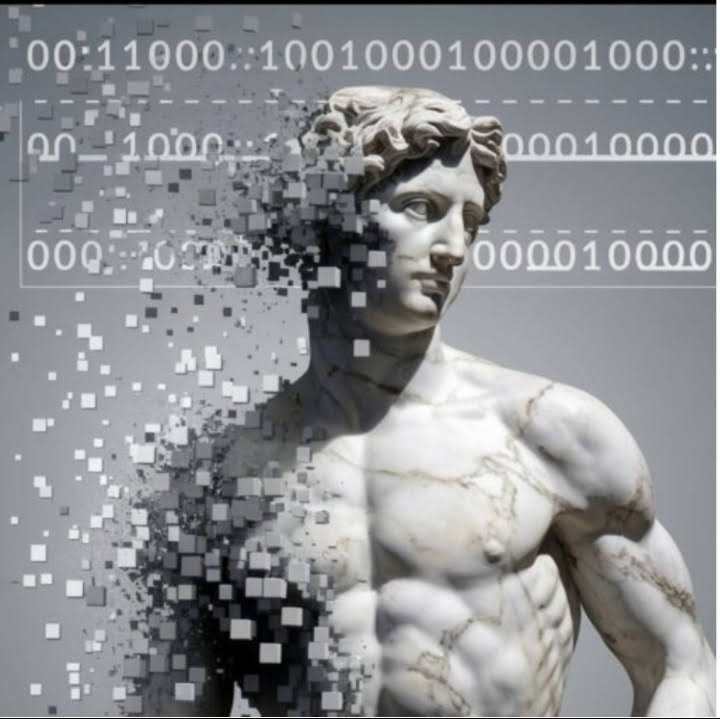Seres Fascinantes
Seres incríveis como dinossauros, criaturas antropomórficas e entidades mágicas há muito tempo capturam a imaginação de artistas, contadores de histórias e criadores. Essas criaturas fantásticas transcenderam o tempo e a cultura, evoluindo de mitos antigos e descobertas fósseis para algumas das figuras mais atraentes da arte digital moderna. Sua presença na mídia digital representa uma fusão de curiosidade científica, maravilha mitológica e narrativa criativa, cada uma oferecendo potencial ilimitado para expressão artística. Dinossauros na Arte Digital. Os dinossauros, outrora antigos governantes da Terra, estão entre as criaturas mais inspiradoras que já caminharam pelo planeta. Esses seres magníficos, reconstruídos a partir de ossos fossilizados, tornaram-se um item básico na arte digital educacional e de entretenimento. No espaço digital, os dinossauros são frequentemente renderizados com precisão científica impressionante, usando as últimas pesquisas paleontológicas para informar sua aparência física e comportamento. Artistas digitais contam com softwares avançados de modelagem 3D como ZBrush, Blender e Maya para recriar esses titãs pré-históricos, dando vida a espécies como Tyrannosaurus rex, Triceratops e Velociraptors com texturas, escalas e movimentos hiper-realistas. Mais do que representações científicas, os dinossauros na arte digital ganharam vida própria na cultura popular. Eles se tornaram figuras centrais em videogames como Jurassic World Evolution, onde os jogadores gerenciam parques cheios de dinossauros, e em filmes como Jurassic Park, onde efeitos visuais digitais trazem os dinossauros para os tempos modernos. Artistas experimentam misturar realismo e fantasia, criando versões hibridizadas de dinossauros — às vezes com partes robóticas ou aprimoramentos mágicos, ultrapassando os limites da imaginação e da especulação. Criaturas antropomórficas Seres antropomórficos — criaturas que combinam características humanas com elementos animais ou fantásticos — têm uma rica história na arte, mitologia e literatura, e sua influência explodiu no reino da arte digital. Sejam inspirados por deuses antigos como Anúbis do Egito, criaturas híbridas de bestiários medievais ou mundos modernos de fantasia e ficção científica, esses seres são a personificação perfeita da criatividade e metáfora. Na arte digital, criaturas antropomórficas são diversas e frequentemente refletem alegorias profundas ou narrativas emocionais. Artistas criam seres que são parte humanos, parte animais, como guerreiros com cabeça de lobo, humanoides semelhantes a pássaros ou criaturas com graça felina e inteligência humana. Essas figuras podem habitar paisagens surreais ou atuar como protagonistas em pinturas digitais ricamente texturizadas, arte conceitual ou animação. Gêneros populares como arte furry celebram esses personagens antropomórficos em comunidades online vibrantes, com modelos 3D detalhados e ilustrações digitais de alta qualidade capturando todas as suas nuances. Criaturas antropomórficas também desempenham papéis significativos em videogames, onde frequentemente servem como avatares, heróis ou antagonistas. Em jogos como a série The Elder Scrolls, raças antropomórficas como os Khajiit (povo-gato) ou Argonians (povo-lagarto) são amados por sua tradição única, profundidade cultural e design. Artistas digitais criam esses seres com histórias elaboradas e estéticas distintas, misturando aspectos da fisiologia humana com traços animais ou míticos para criar personagens que são familiares e sobrenaturais. Criaturas mágicas Criaturas mágicas são um elemento definidor da arte de fantasia e têm uma presença profunda na mídia digital. Esses seres geralmente incorporam o surreal, o sobrenatural e o sobrenatural, misturando formas naturais com encantamento para criar figuras inspiradoras. De dragões e unicórnios a elementais e espíritos, criaturas mágicas são trazidas à vida em detalhes vívidos, suas anatomias impossíveis tornadas plausíveis por meio de técnicas digitais sofisticadas. Dragões, por exemplo, são um grampo na arte de fantasia, e plataformas digitais permitem que os artistas explorem todos os aspectos de sua biologia, da textura de suas escamas ao brilho de sua respiração ardente. Programas como Cinema 4D e Adobe After Effects permitem que os artistas animem dragões em detalhes cinematográficos, dando a eles movimento e textura realistas. No mundo da pintura digital, plataformas como Procreate e Photoshop são usadas para criar ilustrações dinâmicas de dragões voando por céus encantados, descansando em tocas escondidas ou lutando contra heróis. Da mesma forma, criaturas como unicórnios, grifos e fênix geralmente representam pureza, força e renascimento, e são renderizadas com beleza etérea na arte digital. Essas criaturas são normalmente retratadas em ambientes luminosos, com detalhes intrincados em suas penas, pelos e auras mágicas. As técnicas digitais permitem uma criatividade incomparável ao projetar criaturas mágicas — os artistas podem experimentar efeitos de iluminação, transparência e sistemas de partículas para dar a esses seres um brilho sobrenatural ou presença cintilante. Criaturas elementais — seres feitos de fogo, água, terra ou ar — são outro tema popular na arte digital, oferecendo elementos da realidade e da fantasia de maneiras antes inimagináveis Conclusão Dinossauros, criaturas antropomórficas e seres mágicos continuam a cativar o público na arte digital, servindo como símbolos do passado e do potencial ilimitado da imaginação. Por meio das poderosas ferramentas da mídia digital, os artistas dão vida a esses seres incríveis, misturando rigor científico, mitologia cultural e exploração criativa. Sua presença na arte digital oferece um testamento ao fascínio duradouro da humanidade pelo desconhecido, pelo sobrenatural e pelo extraordinário.


Share this content:





Publicar comentário